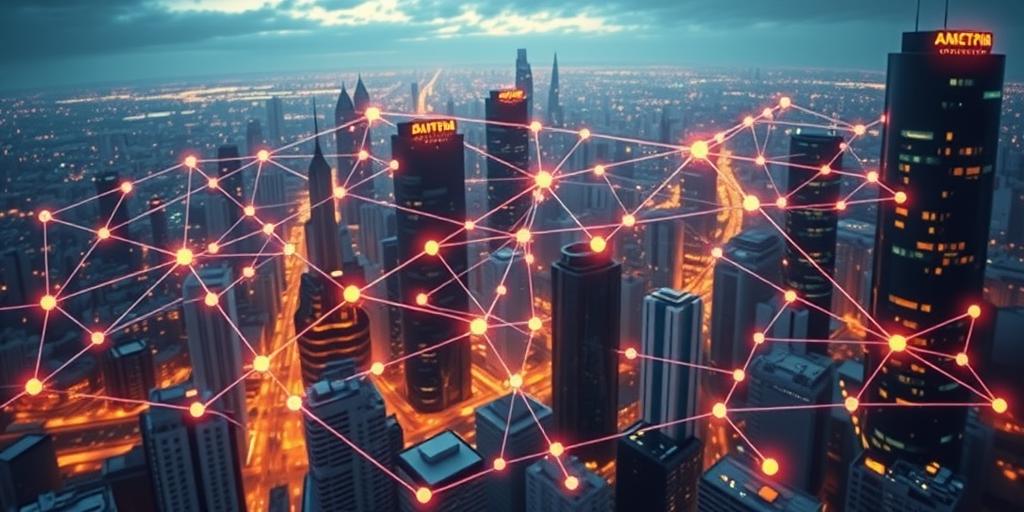The Rise of Edge Computing: Processing Power Closer to You (2025)
In 2025, the tech landscape is undergoing a seismic shift. No longer are we solely reliant on centralized cloud infrastructure for our processing needs. Instead, we’re witnessing the rise of edge computing, a paradigm where data processing occurs closer to the source of data generation. This article will delve into the drivers, benefits, and implications of this transformative technology.
What is Edge Computing?
Edge computing, at its core, is about bringing computation and data storage closer to the devices and users that need it. Rather than sending all data to a remote data center, processing is done locally, on devices like smartphones, IoT sensors, or dedicated edge servers. This proximity offers several key advantages:
- Reduced Latency: By processing data locally, the time it takes for information to travel back and forth is significantly reduced. This is critical for applications requiring real-time responsiveness, such as autonomous vehicles or augmented reality.
- Improved Bandwidth Efficiency: Edge computing alleviates the strain on network bandwidth by processing data locally and only transmitting relevant information to the cloud. This is particularly important as the number of connected devices continues to explode.
- Enhanced Reliability: By decentralizing processing, edge computing minimizes the impact of network outages or connectivity issues. Local devices can continue operating even when disconnected from the central cloud.
- Increased Security and Privacy: Processing sensitive data at the edge can reduce the risk of data breaches and improve compliance with privacy regulations.
Drivers of Edge Computing
Several factors are driving the adoption of edge computing in 2025:
- Explosion of IoT Devices: The proliferation of connected devices, from smart home appliances to industrial sensors, is generating massive amounts of data that need to be processed in real-time.
- Demand for Real-Time Applications: Applications like autonomous vehicles, drones, and industrial automation require ultra-low latency and reliable performance, which can only be achieved with edge computing.
- Advancements in Hardware: Powerful and energy-efficient processors are now available at a fraction of the cost, making it feasible to deploy edge computing infrastructure at scale.
- 5G Connectivity: The rollout of 5G networks provides the high bandwidth and low latency needed to support edge computing applications.
Applications of Edge Computing
Edge computing is finding applications across a wide range of industries:
- Manufacturing: Real-time monitoring of equipment, predictive maintenance, and automated quality control.
- Healthcare: Remote patient monitoring, telemedicine, and robotic surgery.
- Retail: Personalized shopping experiences, inventory management, and fraud detection.
- Transportation: Autonomous vehicles, traffic management, and smart parking.
- Smart Cities: Environmental monitoring, public safety, and energy management.
Challenges and Opportunities
While edge computing offers numerous benefits, it also presents some challenges:
- Security: Securing edge devices and networks is crucial to prevent cyberattacks.
- Management: Managing a large and distributed edge infrastructure can be complex.
- Interoperability: Ensuring that different edge devices and platforms can seamlessly communicate with each other is essential.
- Skills Gap: There is a shortage of skilled professionals who can design, deploy, and manage edge computing solutions.
Despite these challenges, the opportunities for edge computing are immense. As the technology matures and the ecosystem develops, we can expect to see even more innovative applications emerge in the years to come.
The Future is at the Edge
Edge computing is poised to revolutionize the way we process and interact with data. By bringing processing power closer to the source, it enables new applications and unlocks unprecedented levels of performance, efficiency, and security. As we move further into the 2020s, edge computing will undoubtedly play an increasingly important role in shaping the future of technology.
